He graduated from the prestigious Academia de Artes Plásticas San Alejandro in Havana in 1962 with honors in sculpture and painting. He held his first one-man show at the Center of Art in Havana in 1964. Since then he has exhibited in some of the most important international venues. The Cuban booth at the XLII International Biennial Exhibition of Modern Art in Venice in 1988 was completely dedicated to his works. His work can be found in Museums and galleries in many countries including the Museo Nacional de Bellas Artes in Havana, the Musee d’Art Moderne in Paris; as well as museums in Russia, Somalia, Congo, Norway, Denmark, Finland and the U.S and other countries.

Manuel Mendive Hoyo was born on December 15, 1944, in Luyanó, the same Havana neighborhood where Wifredo Lam went back to live for a few months on his "retours au pays natal" in 1942 and where he made his first "rediscoveries" of that visual universe André Breton would later describe as an untrammelled union of real and magical worlds. It is mainly a dock and factory worker neighborhood.
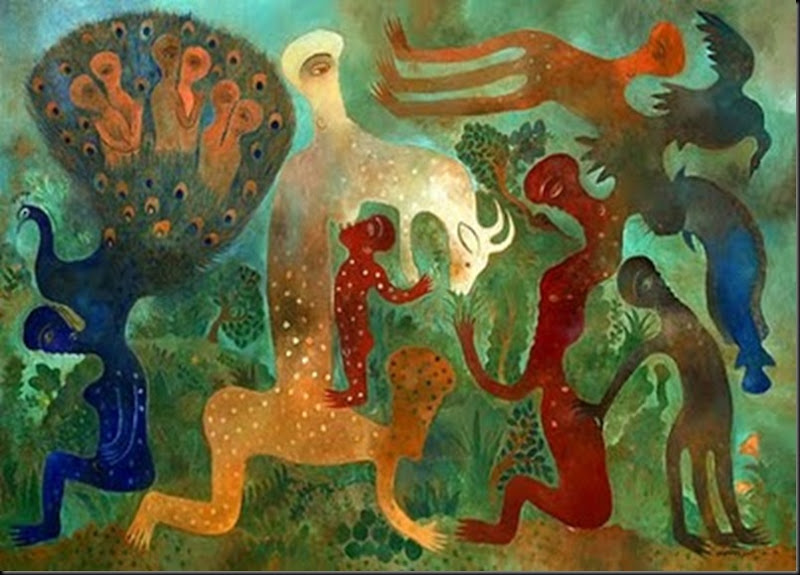 Se Alimenta mi Espíritu 2007
Se Alimenta mi Espíritu 2007 The wooden house [where he was born] was built in 1900 by his maternal grandfather Fermín Hoyo Espelusín, a construction worker... This grandfather is the most direct family antecedent for Mendive's artistic talent, for he was also a carver and engraver. He would be sought for complicated architectural projects with decorative work and other nonfunctional aspects, such as the "Mudejar Palace" in the Plaza de las Ursulinas or the monument to General Antonio Maceo in the Havana park of the same name. During the building of the latter he was to be blinded in an accident. He was one of those anonymous master-builders who from colonial times spontaneously shaped "the style" of a city "without style" as it was aptly described by Carpentier in a memorable essay on the architecture of Havana; one of those eclectic "naifs" who were bold enough to invent scores of rare orders, with unusual, fancy columns and capitals whose design was hardly ever repeated throughout the kilometers of avenued porchways dating back to the turn of the century...
Writing about his work, the critic Edward Sullivan says, “I conceive of his work as daring, rebellious, unconventional and brave. He does not care about fashion or trends. His images, which so often incorporate and wildly transform the vestiges of African stimulus, do not appeal necessarily to those who seek the latest trend in the art world. Instead of intellectualized minimalism or hollow conceptualism, Mendive relies on the senses: thought, touch, color, breath, air, and fire”.
Cuban artist Manuel Mendive





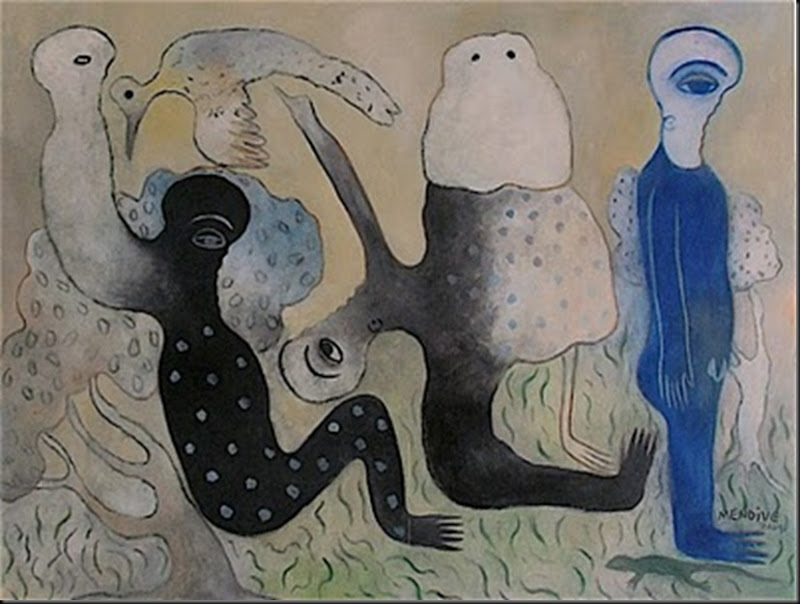
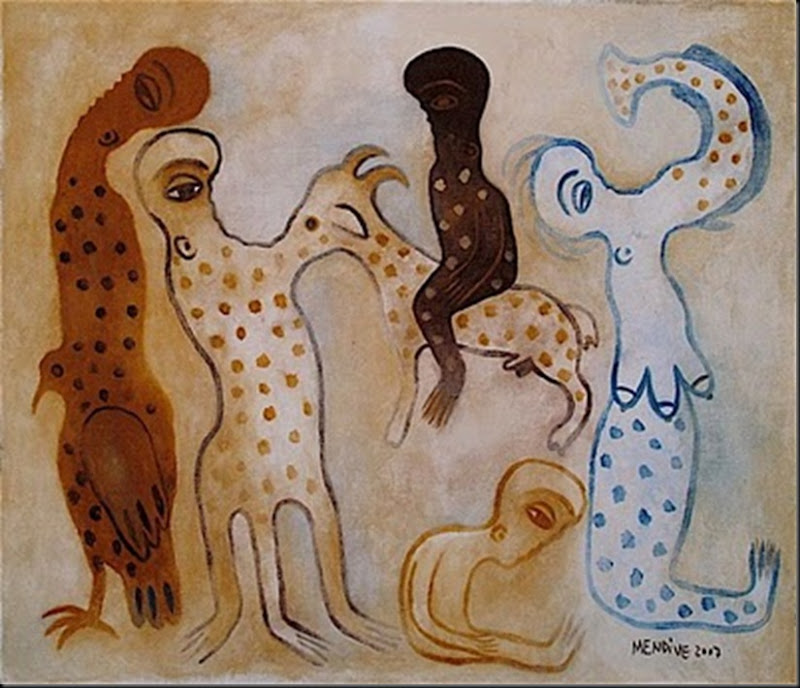



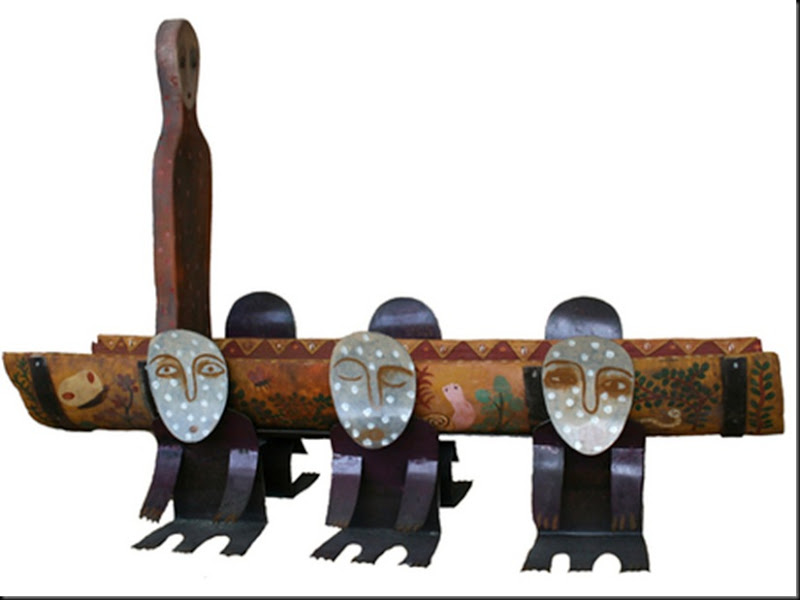

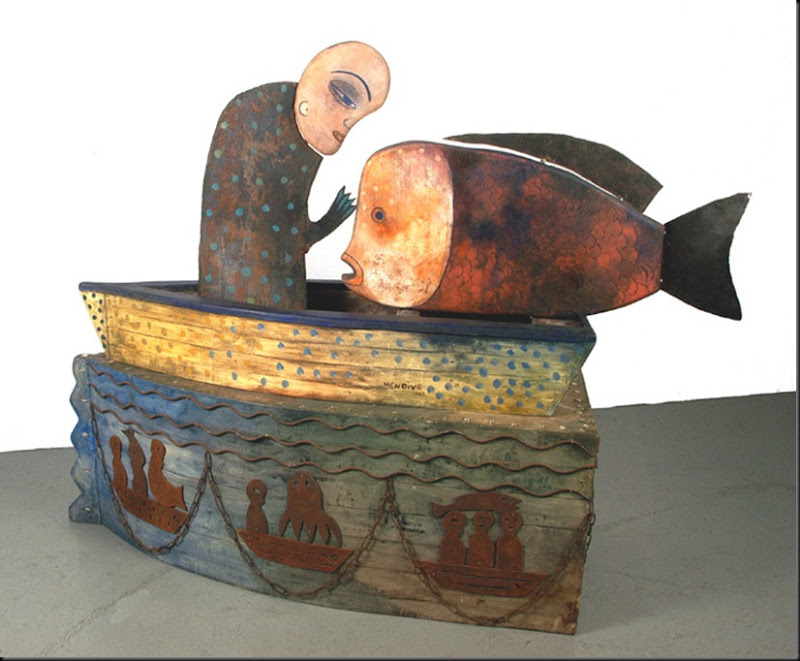

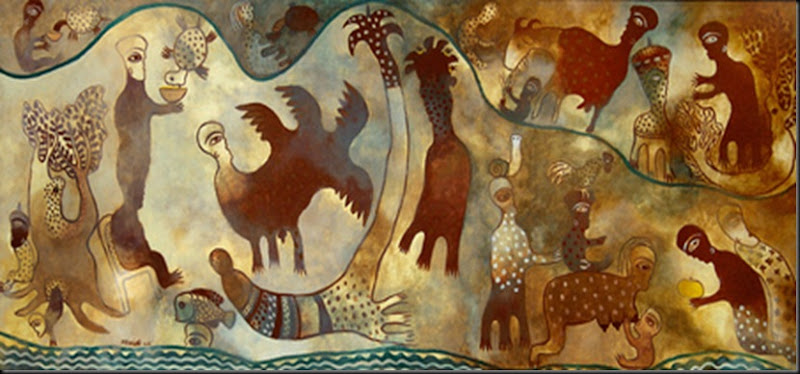



Nessun commento:
Posta un commento